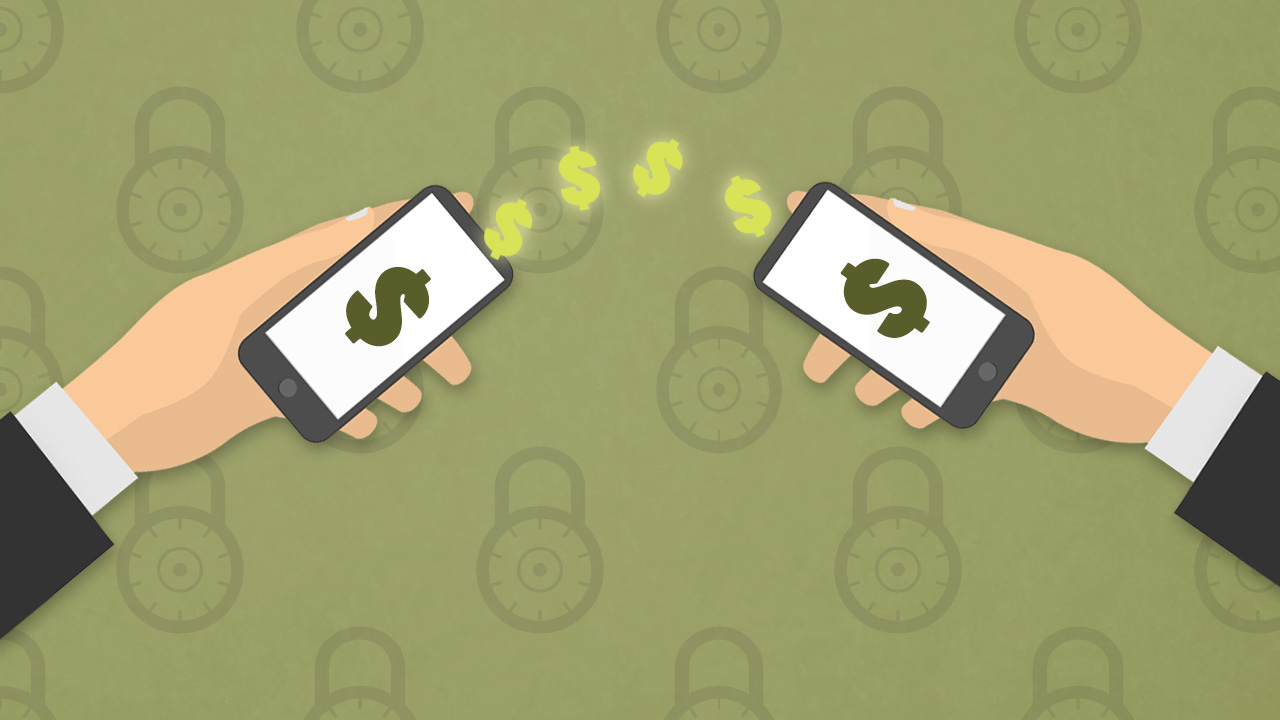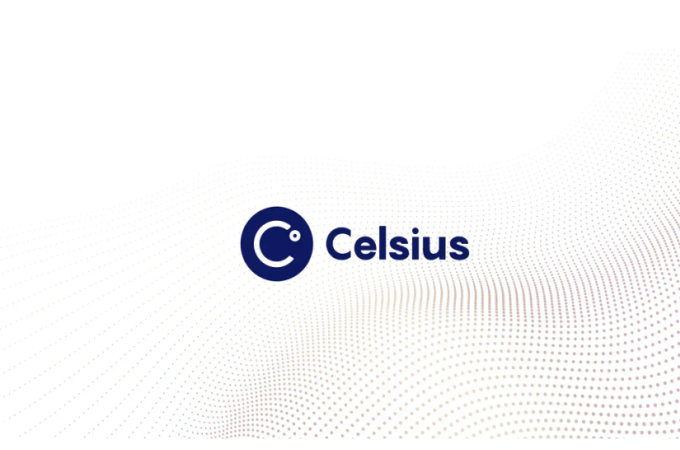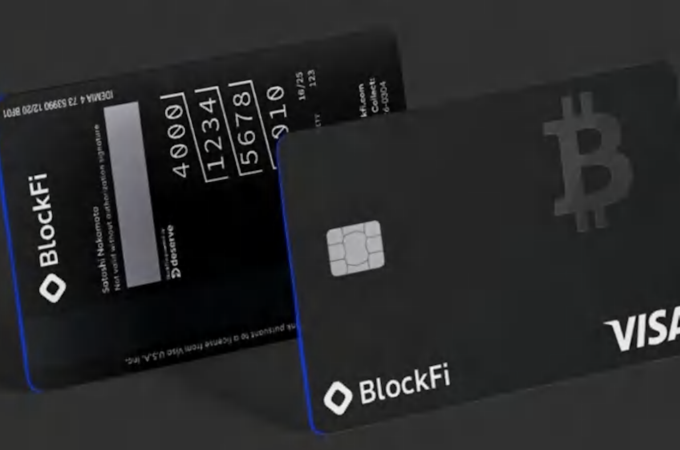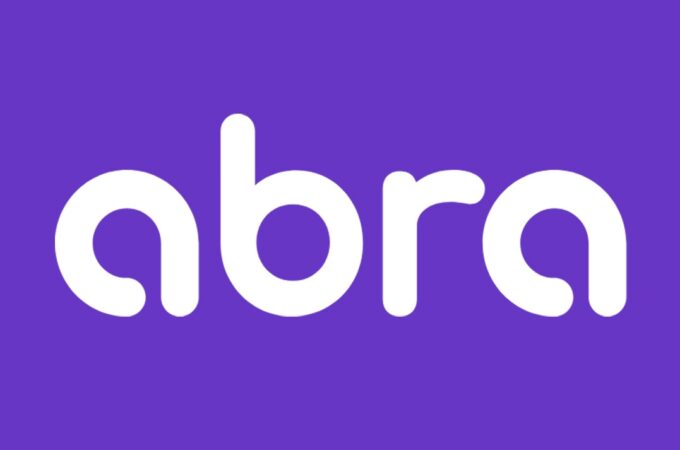
What for and How Do Millennials Use P2P Transfers?
By Kate for LTP
Mobile P2P money transfers are estimated to increase from $15.22 billion in 2014 to $270.93 billion in 2019 – an ~18-fold increase, indicating an opportunity for existing market participants and new entrants to bank on a highly potent segment. In the US only, the estimations suggest that P2P payments market will grow by 26% a year to reach $17 billionby 2019. And while the implications of highly diversified mobile payments options have been quite discriminative, there are proposals that are believed to make mobile payments a ‘win’ for everyone.
Just like with many other services built by technology companies, mobile P2P payments have a primary ‘fan’ audience, a particular group(s) of population that would be the most active adopters and users, which millennials are believed to be. This group of population is expected to spend more than $60 billion on CPG in the next decade with a demand for mobile, social and personalized experiences.
Defining the target audience is not enough, though, to build a service. Understanding the use cases, on contrary, is crucial for the appeal and UI/UX development. The research on the ways millennials currently use P2P money transfers provide insights on the most important use cases and allow startups to cut to the chase with features, without overburdening their solutions with unnecessary and expensive moves.
So, what do millennials use P2P transfers for? The best way to answer is to look at the way millennials use one of the most popular P2P transfer services – Venmo, which processed $4 billion in P2P payments in Q2 2016, up by 141% YoY. According to Venmo Transactions Study performed by LendEDU. LendEDU CTO Matt Lenhard has collected and analyzed Venmo transaction data and drove quite interesting insights on over half a million public records.
Young people use P2P transfers to pay for EVERYTHING (but mostly food, utilities, transportation and fun)
Long story short, the team of analysts found that people use Venmo for just about everything – the records indicated transactions for everything from wine, to strippers, to cocaine, Comcast, and fantasy football. “Just about anything you can buy has been paid for on Venmo.”
The next interesting part of insights is (as expected) that the P2P payments service is used usually by young and savvy, who like using Emojis a lot in the app. The Emojis related to food constitute the top used ones – top 5 categories are around food/groceries/dinner/etc.

Image source: Venmo Transactions Study
The next one most used for the category after food is Rent/Utilities and the third place is taken by Fun category. As for terms, the top used ones are Food, Uber and Rent. The fact that Rent, Gas, Bills Groceries are in the top 10, is supportive to the assumption that services like Venmo are used by young people, who often share apartments, food and rides.
Earlier studies on the primary use cases of P2P payments revealed similar results. The Clearing House suggests that the primary customer needs in real-time payments within P2P segment are around non-commerce payments (e.g. rent payment to a roommate, emergency funds for a family member), urgent account-to-account transfers (e.g. to fund investments or purchases) and informal services (e.g. babysitting, lawn care).
Conclusion
With major banks and FinTech startups pushing P2P payments forward, the market becomes increasingly competitive. The only chance for particular services to win lays within a sophisticated approach to building and evolving with the needs and use cases. Based on the knowledge on what for and how do young people use P2P transfers, service providers can more effectively build user experience and develop their solutions.
In addition, catering to the increasing demand for electronic payments, P2P payments are rapidly moving to real-time payments. Top banks in the US are taking initiatives to establish a real-time payments network to enable instant money transfer services.
First appeared at LTP




